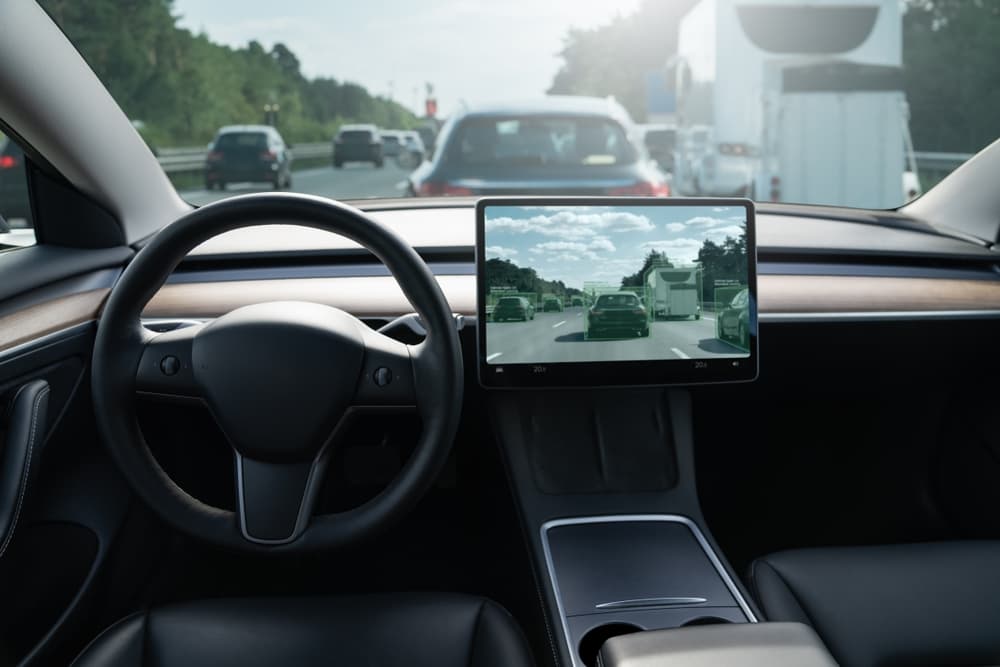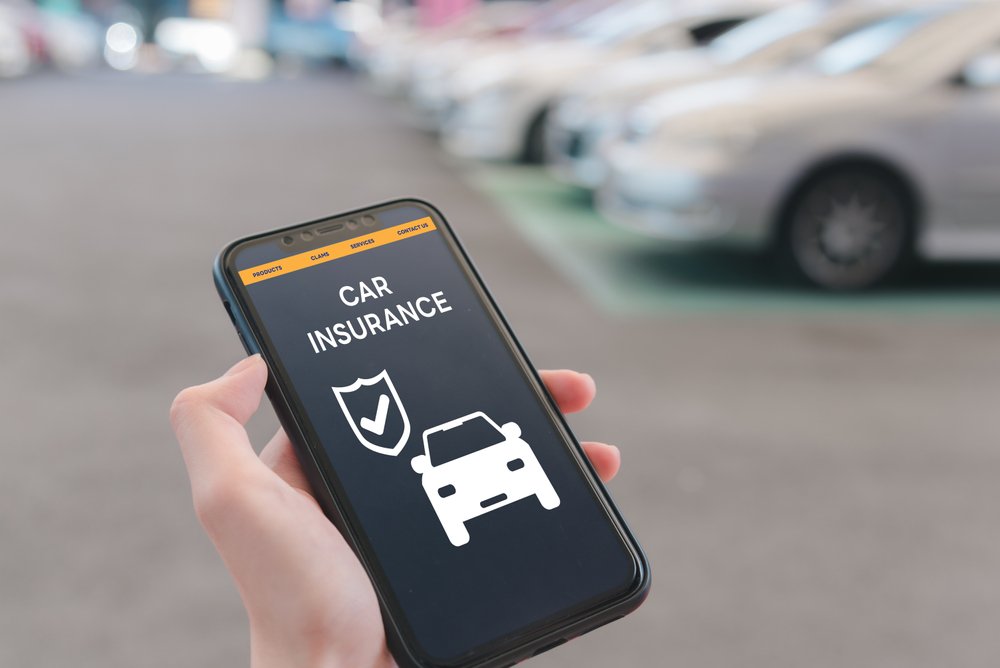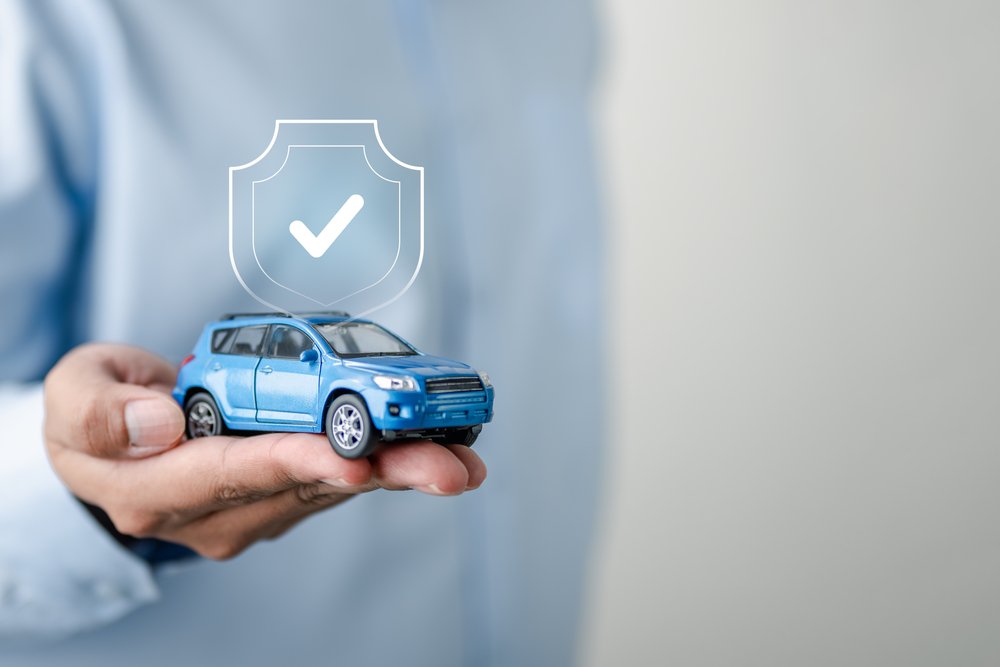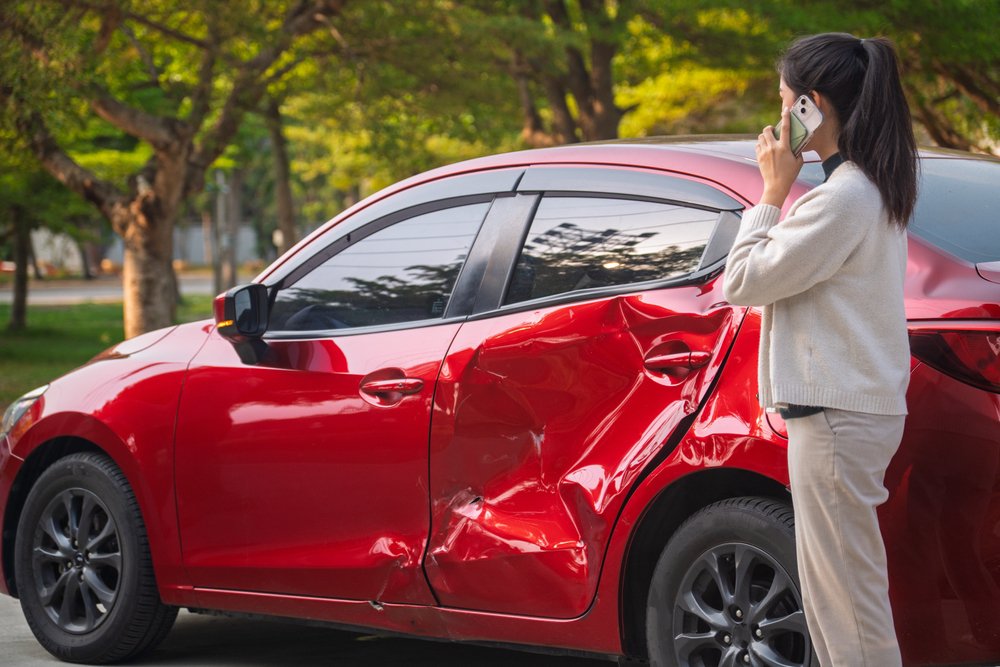If you own or plan to own a self-driving vehicle in California, 2025 brings important changes to insurance requirements. You’ll need to understand what these changes mean for your wallet, your safety, and your peace of mind.
Self-driving vehicles, once just prototypes on Silicon Valley test tracks, are now becoming part of everyday traffic. With that shift comes a fresh set of responsibilities, especially around insurance for self-driving cars. Understanding how the new regulations impact you can help you avoid unexpected costs and ensure you’re properly protected.
California’s New Insurance Requirements for Self-Driving Cars
California will now require higher minimum liability coverage for vehicles operating with autonomous capabilities. This change recognizes that while technology is designed to reduce human error, accidents involving self-driving systems raise complex questions of liability.
Traditionally, insurance policies have focused on the driver’s fault. But with autonomous technology, the software or manufacturer shares responsibility as well. To bridge this gap, California’s new framework ensures that owners of autonomous vehicles maintain sufficient coverage to protect other motorists, pedestrians, and property.
The state has also established clearer reporting requirements for insurers. Companies must disclose how they handle claims when a crash involves autonomous systems. This added transparency should make it easier for policyholders to understand how their coverage applies in real-world situations.
For everyday drivers, the minimum required coverage will likely be higher than what traditional cars need. If you own or are planning to purchase a self-driving vehicle, review your policy now to prepare for these new standards.
How Autonomous Vehicle Accidents Affect Your Premium
One of the big questions many California drivers are asking is: Will my rates go up if my self-driving car gets into an accident? The short answer: possibly.
Insurance companies set premiums based on risk, and autonomous vehicles introduce a new kind of risk profile. On one hand, advanced systems may reduce human error, the cause of most accidents. On the other hand, the cost of repairing or replacing high-tech sensors and software after even a minor crash is often much higher than with conventional cars.
This means premiums could rise even if the overall number of accidents decreases. Additionally, because liability in self-driving collisions is often shared between the driver and the manufacturer, insurers may need more time to process claims. These delays can also influence the cost structure of your policy.
If you’re a driver transitioning to an autonomous vehicle, ask your insurer how claims are handled and whether certain types of accidents are more likely to affect your rate. Being proactive can save you surprises down the road.
Evaluating Your Current Coverage (Do You Need to Increase Limits?)
Consider whether your current policy would be enough to cover expenses in a major accident involving advanced technology. Medical bills, property damage, and the cost of replacing a car packed with sensors can add up quickly. For many drivers, carrying only the state minimums won’t be enough to cover potential out-of-pocket expenses.
Increasing your liability limits or adding umbrella coverage could provide an extra layer of protection. These steps may raise your premium slightly, but they can also prevent financial strain in the event of a serious collision. Talking with a licensed insurance agent who understands autonomous vehicle insurance will help you find the right balance between affordability and security.
Tips for Drivers with Advanced Driver-Assistance Features
Even if you’re not behind the wheel of a fully autonomous car, many new vehicles come with advanced driver-assistance systems (ADAS). These include features such as automatic emergency braking, blind spot monitoring, and traffic jam assist. While helpful, they can also affect how your insurance policy is structured.
Here are a few tips to make sure you’re maximizing your coverage:
- Report safety features to your insurer. Many companies offer discounts for vehicles equipped with advanced driver-assistance systems, provided they are aware of their presence.
- Stay current on software updates. Just like a phone or computer, your car’s systems need regular updates. Failing to install them could complicate an insurance claim.
- Don’t become over-reliant. ADAS can reduce risk, but they don’t eliminate it. Insurers still expect drivers to remain attentive.
- Shop around. Different insurers are approaching ADAS-equipped cars in different ways. Comparing quotes can help you find the best coverage at the best rate.
By taking these steps, you’ll not only improve your safety but also make sure your policy reflects the true value of your car.
Staying Protected in a Changing Landscape
Navigating new liability requirements and changing claims processes in California means reviewing your policy with fresh eyes. By adjusting coverage limits, exploring flexible options, and staying ahead of regulatory updates, drivers can ensure they’re fully protected while enjoying the benefits of autonomous technology.
For personalized guidance and affordable solutions, you can trust Pronto Insurance. Contact us today to secure the right coverage for your vehicle.













